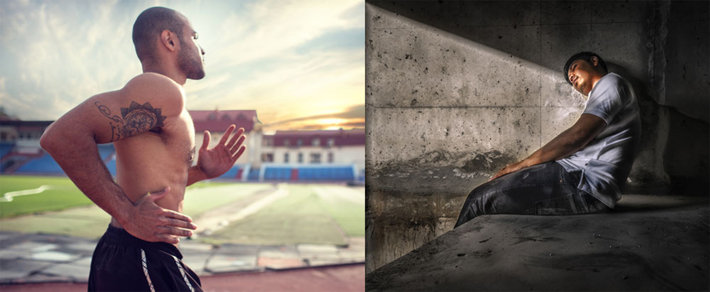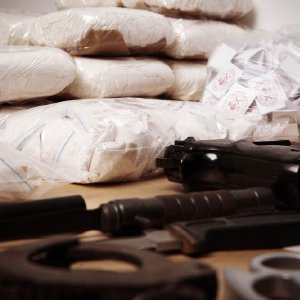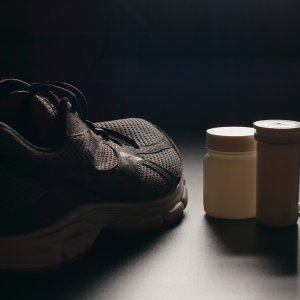How Drug Cartels Prey on Athletes

Do you have athletes in your home? Although it might seem impossible, your young athlete could be in the crosshairs of an international drug cartel that wants to make him a steady customer. How could this happen?
It starts with the medical protocol for treating athletic injuries. Energetic young people involved in team sports, gymnastics, snowboarding and many other activities are much more prone to injury than the average teen or young adult. Medical treatment for sprains, broken bones and injured joints generally includes opioid painkillers. A couple of decades ago, it was quite different. Treatment in those days might include a recommendation to take aspirin or ibuprofen. Other than that, a patient would simply suffer some aches as the injury healed.
In the mid-1990s, prescribing practices changed. Doctors were gradually and thoroughly indoctrinated that painkillers, when taken as recommended, were not addictive. Further, they were educated that pain was being under-treated, that patients did not need to suffer pain because of these wonderful new drugs on the market. These two concepts together opened the floodgates of prescribing.
Shift in Prescribing Methods Increases Availability
Before this shift, painkillers were generally only prescribed for truly severe pain like cancer pain, post-surgery pain or end of life pain. But with this change in prescribing practices, athletes (and other people with injuries) began to be prescribed addictive formulas for their aches and pains. It became a common practice to send a person home with a full bottle of opioid painkillers, even if his pain would be manageable within a few days. Teens and young adults often got 30-day supplies of painkillers after wisdom tooth extraction when a few days’ worth might serve.
Sales of OxyContin and various hydrocodone formulas (Vicodin and Lortab were popular) rocketed up as the new millennium neared. But as sales figures rose, so did abuse and addiction. With so many pills in circulation, there were plenty of pills to abuse. A susceptible young adult who was stressed by a relationship breakup might remember how warm and fuzzy he felt on those painkillers and look for the leftovers in the medicine chest. These drugs are so addictive that consistent use for just weeks or a few months could result in a full-blown addiction.
Why Are Athletes Targeted by Drug Cartels?
If an athlete does become addicted to painkillers, a transition to heroin could be right around the corner. After all, heroin is much cheaper and doesn’t require a prescription.
According to Jack Riley, a former DEA chief of operations quoted in Sports Illustrated, drug cartels manufacturing and distributing heroin know this population is vulnerable to addiction so they look for athletes to make customers out of them. Some dealers hand out free samples. It would be easy to seek out those who have recently been injured. It’s a similar marketing technique used by drug dealers who want to get established in a new city—they hang out near a methadone clinic and try to sell their illicit opioids to those enrolled at the clinic.
Mr. Riley said the cartels "have developed a strategy, with the help of street gangs, to put heroin in every walk of life. They recognize how vulnerable young athletes are.” Sports Illustrated documented heroin overdose deaths among athletes in all these sports: baseball, basketball, football, golf, gymnastics, hockey, lacrosse, soccer, softball, swimming, tennis, volleyball and wrestling.
Moms and Dads – Be Alert
Mothers and fathers of young athletes are right to be proud of their children. Parents spend thousands of dollars on lessons and equipment and countless hours driving to practices and tournaments. The most vital parental support of all might be alertness for any signs of deterioration that could indicate drug use. Parents are often reluctant to invade a young person’s privacy and want to trust him or her when he says he wants to be left alone. But marked changes in academic or sports performance, health, grooming or mood often indicate drug use.
Protect your child from overprescribing or being preyed on by cartels. If your child is prescribed painkillers, control every single pill. You hand them out and lock up the ones not being used. Every single time. With addictive substances being passed from hand to hand among teens, a parent can’t actually be TOO vigilant during this time of a child’s life.


